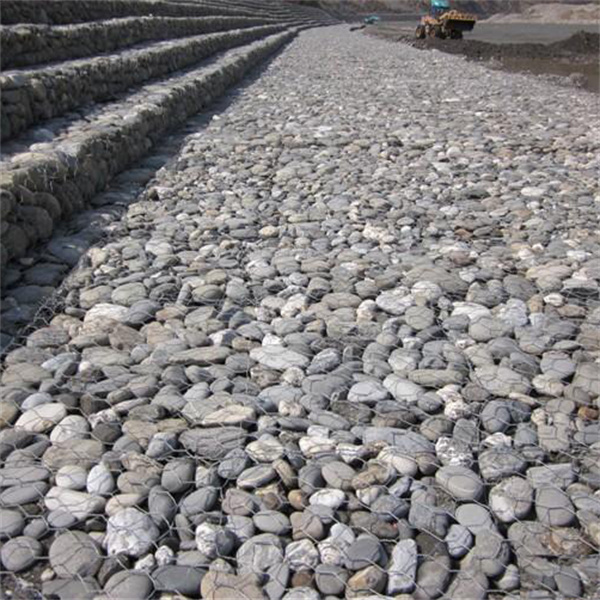Dec . 01, 2024 23:51 Back to list
gabion gravity wall factory
The Role of Gabion Gravity Walls in Modern Construction
In recent years, the construction industry has seen a remarkable shift towards sustainable and eco-friendly building practices. One of the innovative solutions that has gained popularity is the gabion gravity wall. This unique structure not only stands as a testament to engineering ingenuity but also promotes environmental sustainability, making it a favored choice among architects and engineers alike.
What are Gabion Gravity Walls?
Gabion gravity walls are structures made of wire mesh cages filled with natural rocks or other materials, designed primarily to resist lateral earth pressure and water forces. These walls derive their stability from their weight; the mass of the stones provides sufficient resistance to the forces acting upon them. They are particularly effective in managing slopes, controlling erosion, and providing structural support in various construction projects.
Advantages of Gabion Gravity Walls
1. Sustainability One of the most significant benefits of gabion walls is their sustainability. The use of natural materials such as stones minimizes the environmental impact, and the wire mesh can often be made from recycled materials. Additionally, gabion walls promote the growth of vegetation, helping to restore ecosystems and improve biodiversity.
2. Versatility Gabion gravity walls are incredibly versatile and can be tailored to fit various applications. They can be used in retaining walls, riverbank stabilization, noise barriers, and even decorative features in landscaping. Their adaptability makes them suitable for both urban and rural settings.
3. Cost-Effectiveness Compared to traditional concrete walls, gabion walls often prove to be more cost-effective. The materials required for construction are readily available, and the installation process can be quicker and less labor-intensive. This affordability makes gabion walls an attractive option for both commercial and residential projects.
gabion gravity wall factory

4. Aesthetic Appeal Gabion structures can blend seamlessly into their environment. The natural stones used in the cages can enhance the visual appeal of a landscape, making them suitable for parks, gardens, and other recreational spaces. Furthermore, the ability to incorporate plants into the walls adds to their aesthetic value while promoting ecological benefits.
5. Ease of Construction The simplicity of the gabion wall design allows for easier construction and installation compared to other wall types. Even in challenging terrains, gabion gravity walls can be assembled without the need for specialized equipment, significantly reducing construction time and costs.
Applications of Gabion Gravity Walls
Gabion walls have found a wide range of applications in various sectors. In civil engineering, they are commonly utilized for managing slope stability, controlling soil erosion, and supporting foundations. In environmental management, they play a crucial role in riverbank protection and sediment control, helping to prevent the disastrous effects of flooding and erosion.
Additionally, gabion gravity walls are increasingly being used in landscaping and architectural design. Their natural appearance can enhance outdoor spaces, providing functional benefits while integrating harmoniously with the environment. Parks, gardens, and public spaces benefit from the aesthetic and ecological advantages offered by these structures.
Conclusion
Gabion gravity walls exemplify the perfect synergy between functionality and environmental stewardship in modern construction. As the industry continues to evolve, the demand for sustainable materials and practices will likely increase, solidifying the role of gabion walls in numerous applications. By harnessing the power of natural materials, engineers and architects can create durable, cost-effective, and aesthetically pleasing structures that not only meet the needs of today but also preserve our planet for future generations. Embracing such innovations heralds a new era in construction, one where sustainability becomes an integral part of design and execution.
-
hesco-gabion-baskets-for-coastal-erosion-prevention
NewsAug.22,2025
-
longevity-and-durability-of-river-rock-gabion-walls
NewsAug.22,2025
-
how-to-integrate-gabion-3d-walls-in-urban-planning
NewsAug.22,2025
-
reno-mattress-gabion-applications-in-civil-engineering
NewsAug.22,2025
-
how-to-install-wire-mesh-for-gabion-baskets-properly
NewsAug.22,2025
-
best-materials-for-filling-a-chain-link-gabion
NewsAug.22,2025
-
Wire Mesh Thickness Impact on Gabion Wall Load Bearing
NewsAug.12,2025






